
Anime often uses creative, non-traditional storytelling methods. This can include showing episodes out of order, using time loops, switching between different characters’ perspectives, or resetting timelines to add new layers of meaning. The following list showcases anime series and films that intentionally play with the order of events, employ loops or memory changes, or weave together multiple storylines. For each entry, we explain how the structure works – for example, the difference between how the episodes are aired and how the story actually unfolds, what causes the jumps in time, and which parts of the story are most affected by this nonlinear approach – so you can understand exactly what makes each narrative unique.
‘The Melancholy of Haruhi Suzumiya’ (2006)

When this series first aired, the episodes weren’t shown in the order the story actually happened, leading to some confusion. The most well-known example is a storyline nicknamed “Endless Eight,” which repeatedly shows the same few weeks of summer with slight differences, effectively restarting the characters’ progress. Additionally, some episodes were set before the very beginning of the show, creating intentional gaps in the story. Later, when the series was released on DVD and Blu-ray, the episodes were reordered to follow the story’s timeline more closely, demonstrating how much the show’s structure could be changed.
‘Baccano!’ (2007)

This series unfolds over several years, weaving together storylines about train robberies, attempts to achieve immortality, and conflicts between mafia families. It doesn’t follow a simple, chronological order; instead, episodes jump between different characters and time periods. The story is kept clear through title cards and repeating themes, which help you keep track of when and where you are. We learn more about what’s happening through scenes shown from multiple viewpoints, and additional episodes expand on earlier plot points – all while maintaining this fragmented, non-linear style rather than a straightforward timeline.
‘Durarara!!’ (2010–2016)
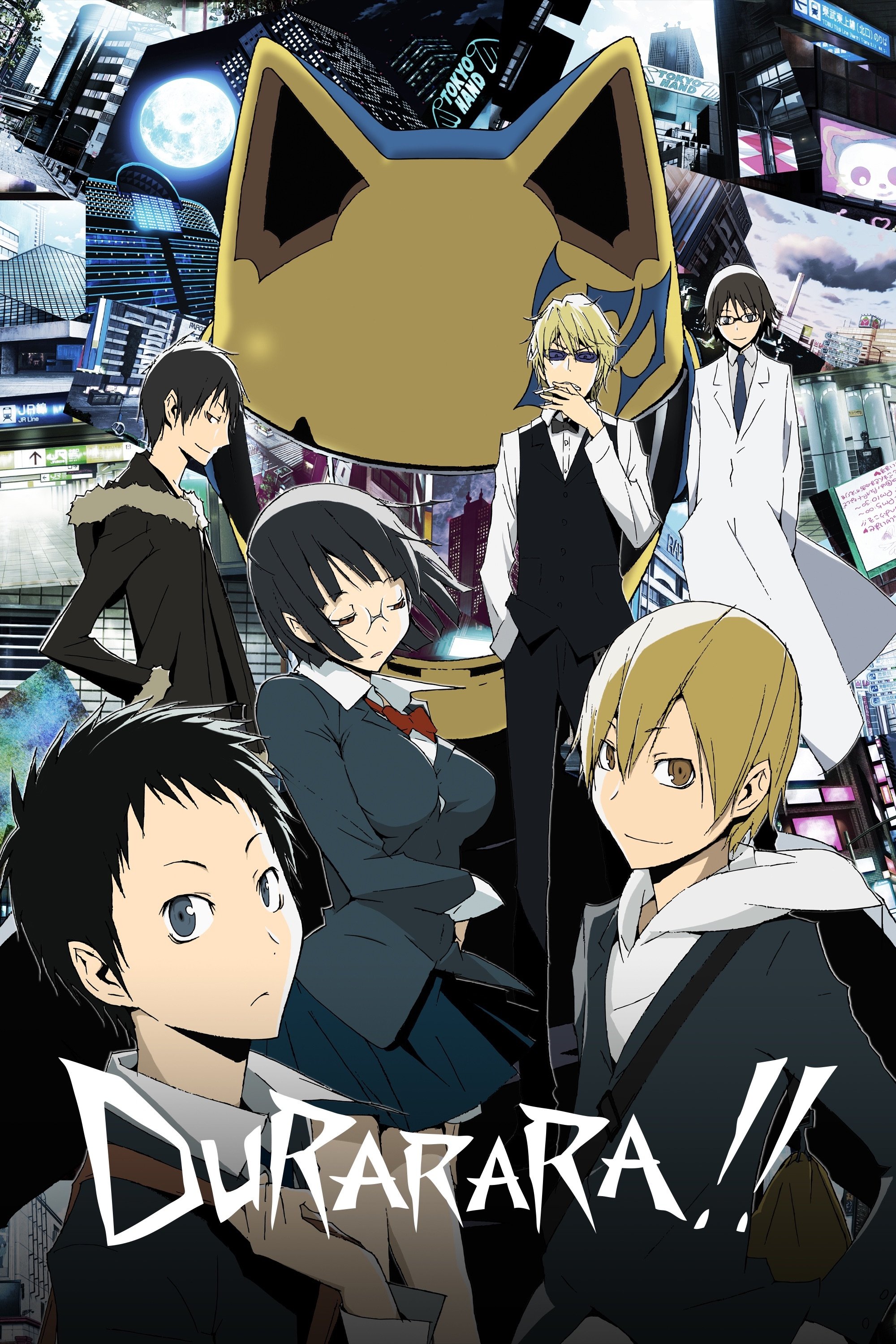
This series blends city myths and gang rivalries with personal stories, resetting the focus each season. Events are shown again from different characters’ perspectives, clarifying what happened before. The storytelling jumps around in time, looping back as each character shares their side of the story. Later seasons continue this style, presenting events as fragmented, non-linear pieces of a larger puzzle.
‘The Garden of Sinners’ (2007–2013)

This movie series doesn’t follow the original story order, showing events out of sequence. Important details about the characters are revealed later on, which changes how you understand things that happened earlier. The filmmakers use repeating images and dates to keep you grounded, even as the story jumps around in time, showing both the results of events and what caused them. And with each new release, added scenes at the end shed light on connections that were first made much earlier in the series.
‘The Tatami Galaxy’ (2010)
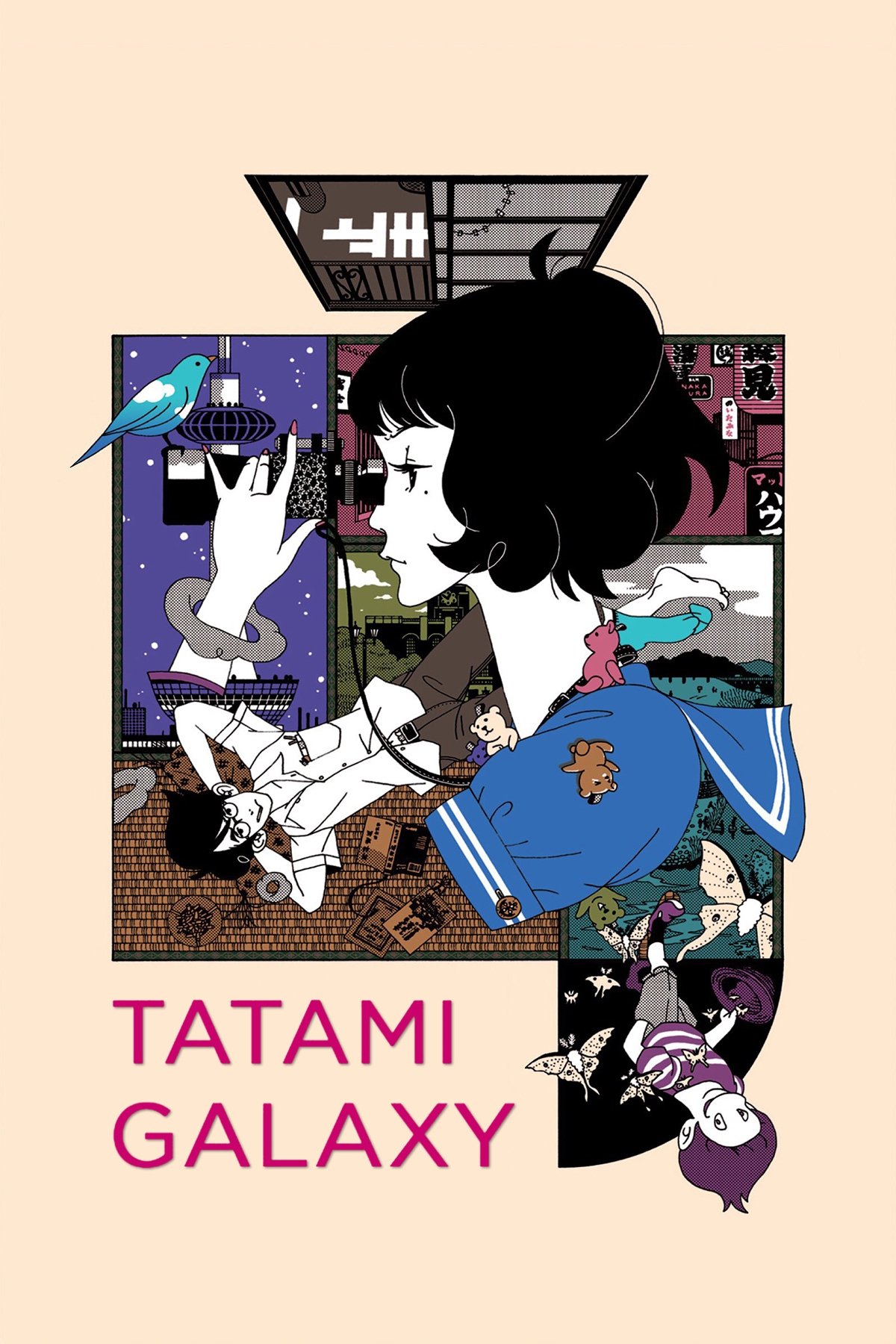
The show resets the main character’s college experience at the start of each episode, exploring a different possibility each time. While the timeline keeps looping, some characters reappear in new roles, and certain events – like a specific festival – always happen the same way. Hints dropped throughout the earlier loops come together in the later episodes, revealing how everything is connected. It’s less about a straight storyline and more about exploring different versions of the same events.
‘Steins;Gate’ (2011)
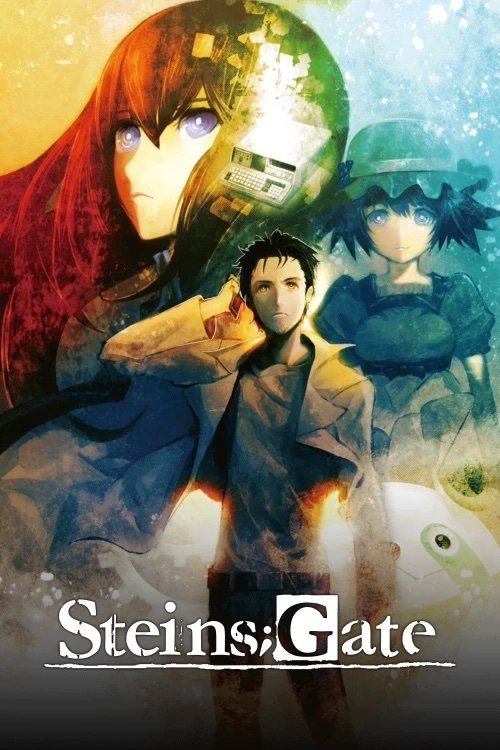
The story revolves around messages that can change time, creating alternate realities that split and combine. This means scenes sometimes repeat, but with different results. Each episode often jumps to a new timeline, and a device within the story lets viewers know when the past has been altered. Throughout the series, characters revisit key moments, making different choices to try and restore lost opportunities. Despite the confusing, non-linear structure, clear visual clues and consistent rules help keep the story grounded as the characters attempt to find a stable future.
‘Re:Zero -Starting Life in Another World-‘ (2016–2021)

The main character repeatedly faces deadly failures, which send him back to previous points in time. These cycles create similar events, but with slight changes each time. He remembers everything that happened in previous loops, while everyone else resets, letting him investigate situations from different angles. The story unfolds through these repeated cycles, slowly revealing hidden threats and who is on which side. Later parts of the story continue this pattern, building on the consequences of past actions while still using the time-loop mechanic.
‘Puella Magi Madoka Magica’ (2011)

The early episodes hint at a hidden history, which is gradually revealed as a character tries to alter past events. The story uses flashbacks that aren’t shown in chronological order, giving us glimpses of previous timelines and changing how we understand what happened at the beginning. Repeating locations and scenes with different outcomes signal that events have looped before. Finally, the story brings all these pieces together to explain how the timeline actually works.
‘Higurashi: When They Cry’ (2006–2021)
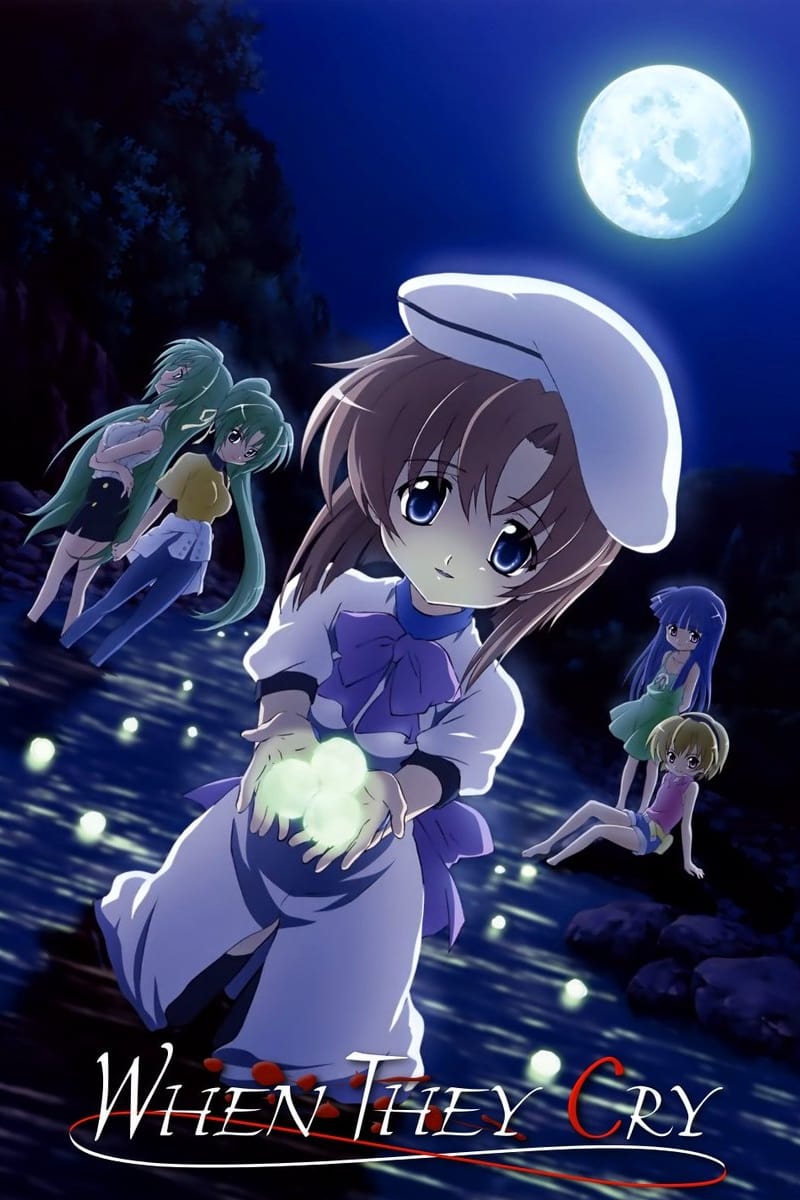
This series tells stories in short bursts that initially feel separate, but it repeatedly returns to the same period with altered outcomes. As the story progresses, it becomes clear that resets, fractured memories, and outside forces connect these repeating timelines. The narrative alternates between posing questions and providing answers, constantly reinterpreting earlier events. Characters begin to remember past loops, which dramatically affects how future stories play out.
‘Boogiepop Phantom’ (2000)
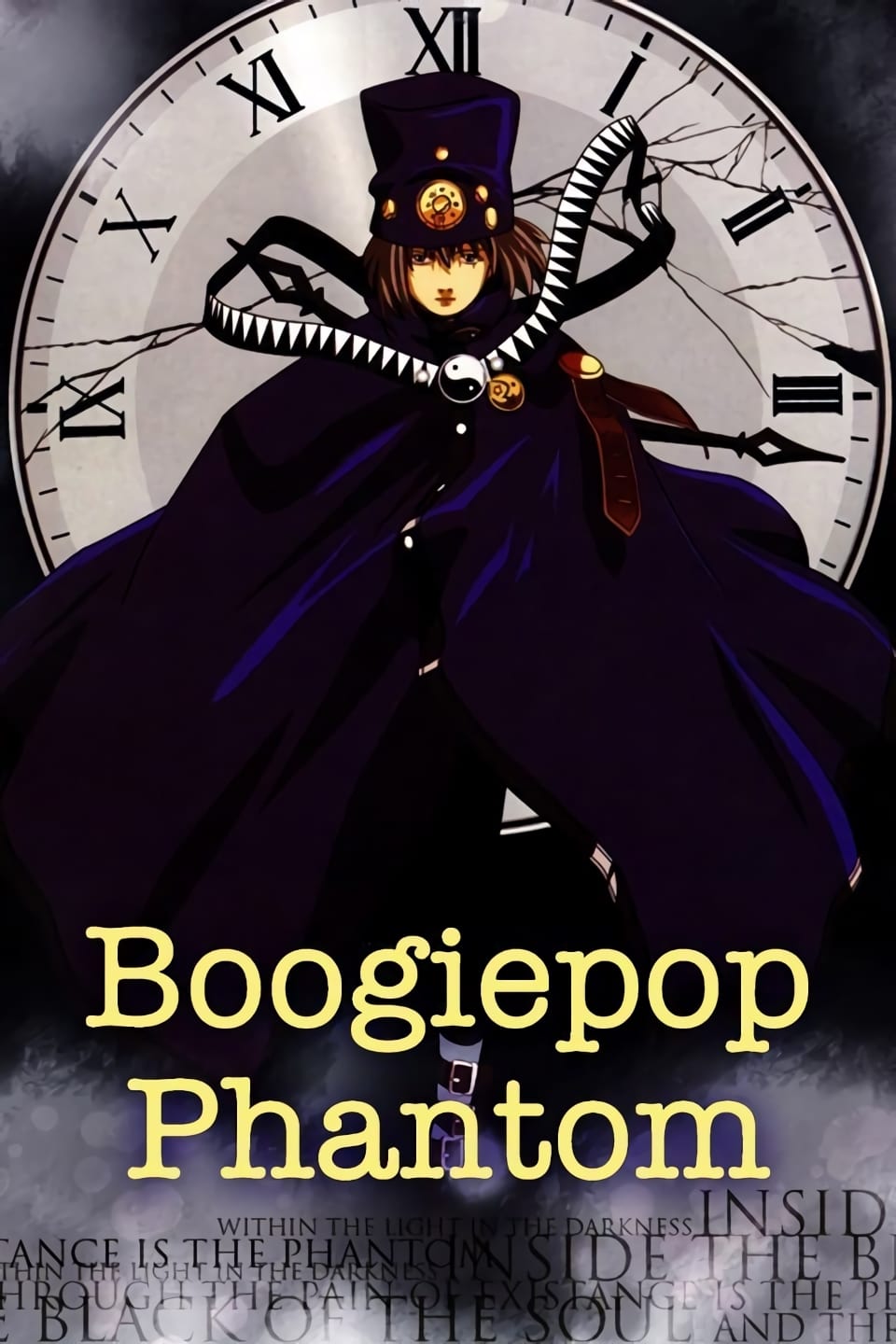
Each episode focuses on different people experiencing the same strange event happening across the city, all at roughly the same time. The stories are connected through clever editing – like repeating scenes and using similar sounds – even though they don’t unfold in a straightforward order. The show intentionally keeps things mysterious, revealing pieces of the puzzle over time. Instead of a simple beginning-to-end story, the full picture comes together as you see things from multiple viewpoints.
‘Serial Experiments Lain’ (1998)

The show messes with time, referencing events before they happen, creating a disorienting experience. Repeated images and messages suggest the story is being reset or rewritten. Some episodes feel like flashbacks that change how you understand what you’ve already seen. This confusing structure mirrors the show’s central idea: that identity is constantly being rebuilt.
‘Paranoia Agent’ (2004)
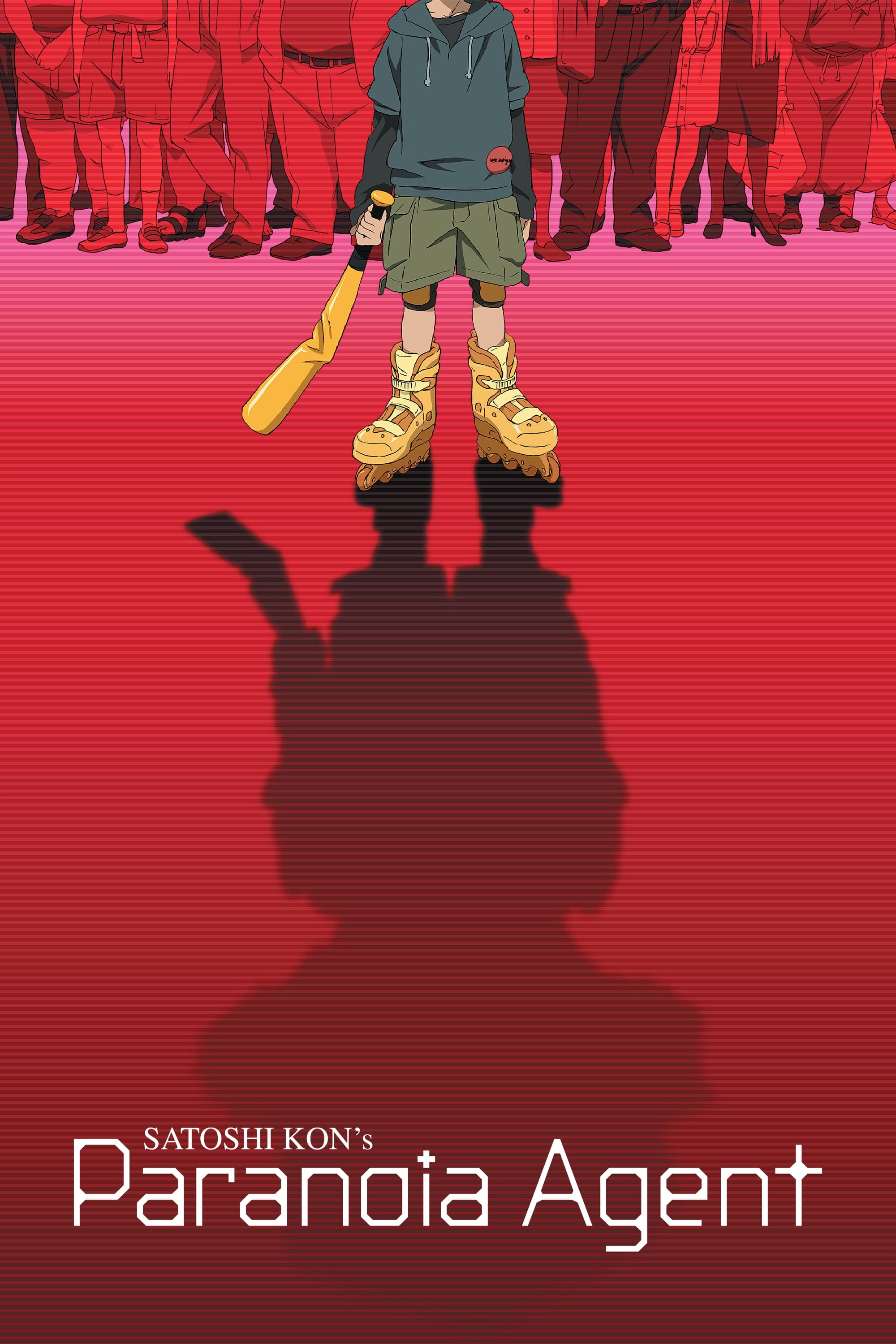
The show unfolds like a collection of stories, each focusing on someone affected by the same mysterious urban legend. The timelines jump around, moving forward and backward, and different accounts – from news reports to personal stories – don’t always agree. To understand the full picture, you need to piece together clues from multiple episodes. Around the halfway point, the show starts revealing the origins of the legend, which changes how you see everything that happened before. The final episode brings all the seemingly separate pieces together by returning to key locations, but with new information that changes their meaning.
‘Monogatari Series’ (2009–2019)

As a big fan, I’ve noticed this show does something really interesting with its storytelling. It doesn’t tell the story in the order things actually happen in the characters’ lives. They break things up into ‘arcs’ and air them whenever, meaning you might see something that happened years ago in the show’s world after seeing something more recent. They use title cards to help you keep track of these arcs, but it can be confusing! Sometimes, events will even be shown again, but from a different character’s perspective, filling in gaps or revealing what happened behind the scenes. It’s deliberately non-linear, and honestly, the official guides often suggest a different viewing order if you want to watch everything chronologically. They really lean into the fact that it’s not meant to be a straight line!
‘Kaiba’ (2008)

Memory technology lets people transfer their consciousness into different bodies, meaning a person’s identity and life story aren’t tied to a single body or timeline. Experiences can jump between places and even different lives, and the past is uncovered as memories are found or exchanged. Repeating images on objects and physical scars help connect these fragmented moments. As the story unfolds, it circles back to earlier events, eventually explaining the mysteries surrounding how power works in this world.
‘Mind Game’ (2004)
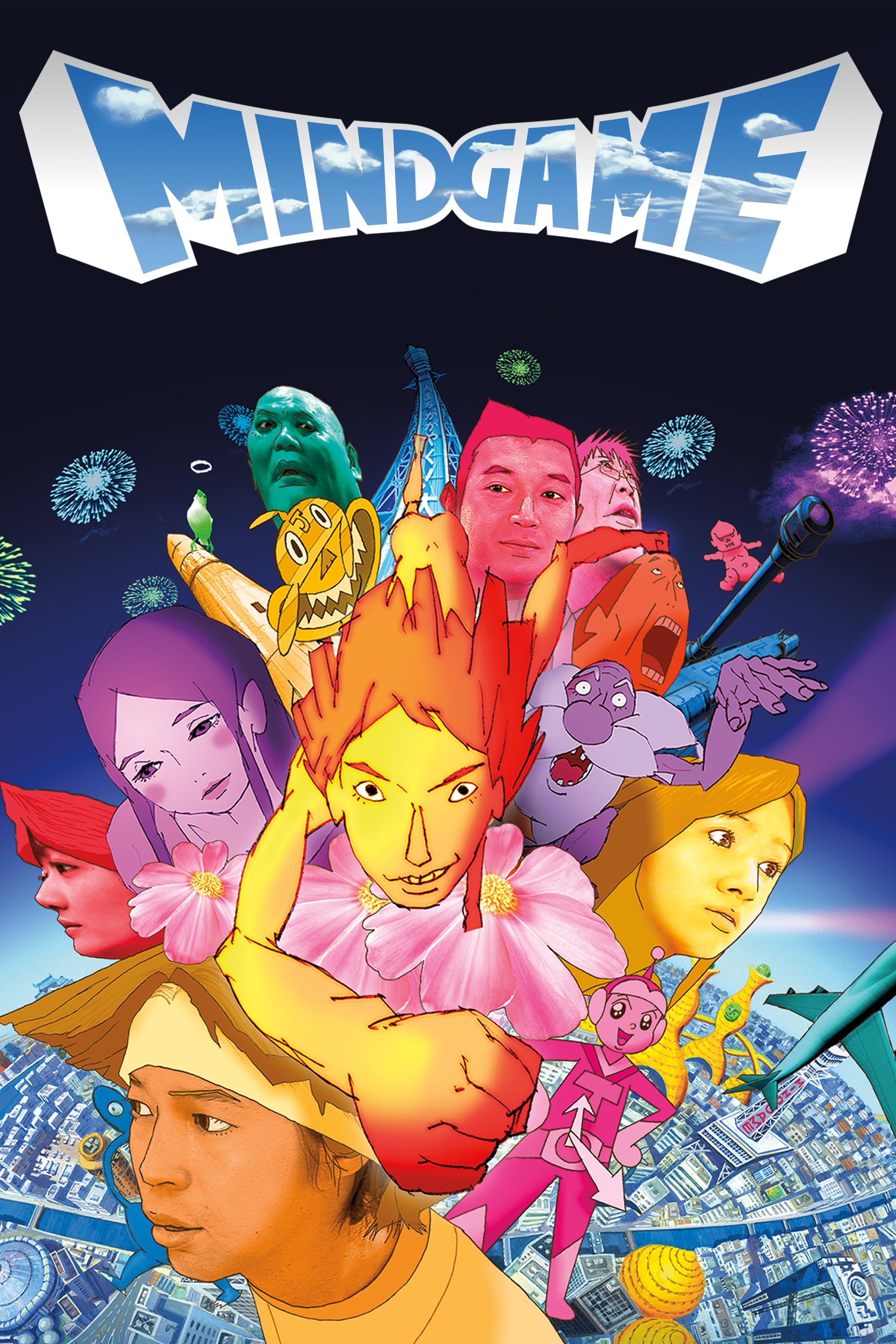
The film begins with a death, but quickly introduces a surprising opportunity for a second chance. The story doesn’t unfold in a simple, linear way. Instead, it uses fast-paced editing – like quick cuts and documentary footage – to blend different moments in time, showing what could have happened and the character’s inner thoughts as if they’re all happening at once. The film revisits scenes, highlighting different details to reveal how events connect. In the end, it doesn’t offer one clear resolution, but rather presents multiple possible outcomes simultaneously.
‘Perfect Blue’ (1997)
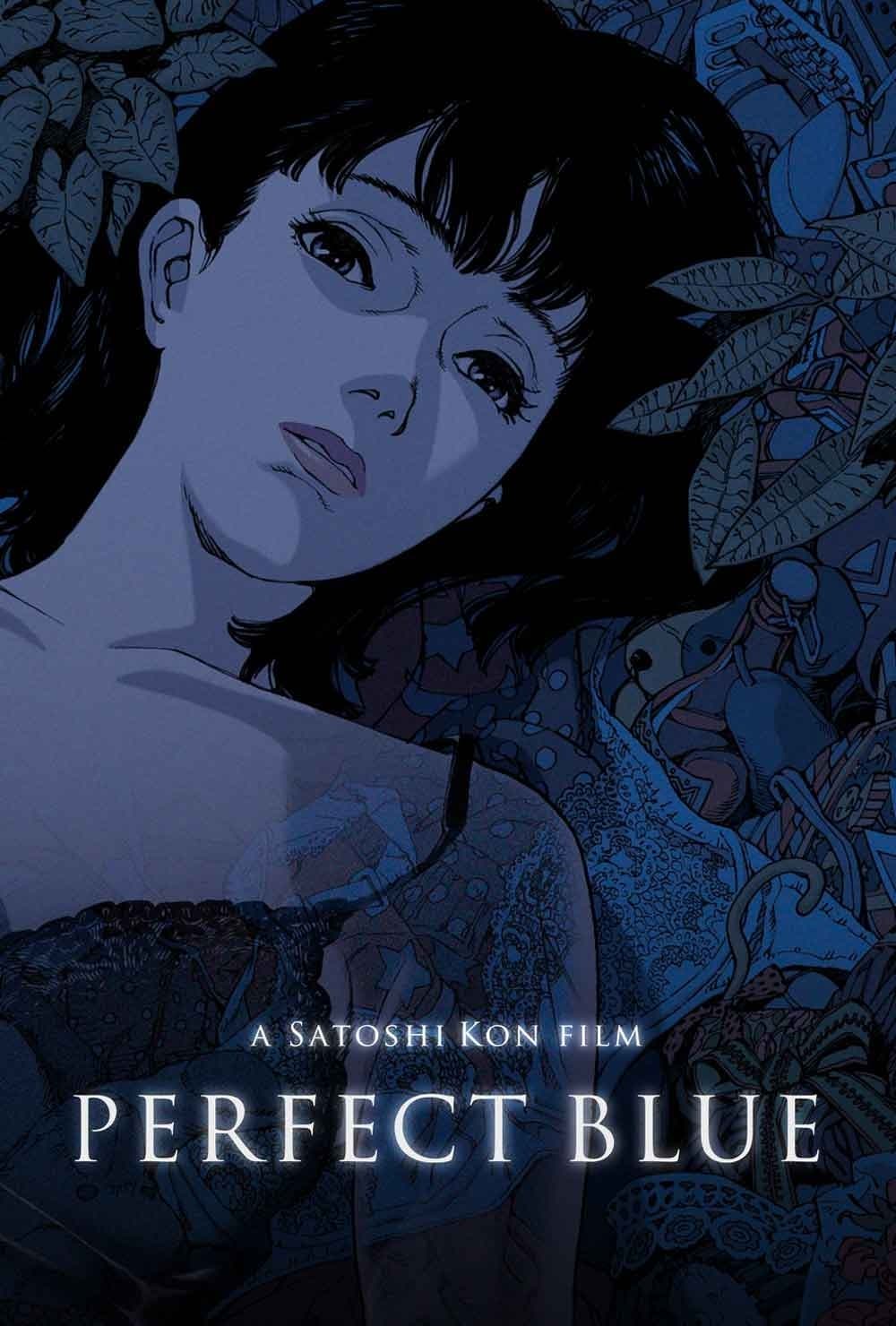
The film mixes scenes from the TV show, dreams, and actual events, making it hard to follow what happens when. Some shots are shown more than once with slight changes, suggesting different viewpoints or a flawed memory. While the detective story progresses, the main character seems stuck repeating scenes. Viewers have to piece together the correct order by paying attention to details like objects, clothing, and elements from the show within the movie.
‘Paprika’ (2006)

The film uses a unique technology that allows characters to move between and blend different scenes, meaning what happens in one part of the story can change the timeline of another. It’s edited like a dream, jumping between locations and times without typical cuts or fades. Images of a parade keep appearing, connecting seemingly unrelated moments and creating a smooth flow. As objects are passed between characters, earlier scenes are recontextualized, revealing when and how events were altered.
‘Penguindrum’ (2011)

The story revisits important events, adding new layers of detail, and uses symbolic imagery instead of a straightforward timeline. Flashbacks are revealed later in the story, changing how we understand characters’ reasons for acting and the connections between families. Certain objects, like diaries and apples, reappear across different time periods and even within the story’s own structure, acting as recurring motifs. The narrative moves in a cycle of fate, replacement, and sacrifice, showing how events connect in a non-linear way.
‘FLCL’ (2000–2001)

The show’s episodes feel disjointed, rapidly switching between action sequences, shared dreamlike visions, and events that restart after alien interactions. It often revisits the same places and conflicts, but with different results, suggesting time is repeating itself and affecting how characters develop. The show uses visual cues – like characters entering a scene the same way each time – to highlight these repeating cycles and important moments. Surprisingly, it often shows the most dramatic events before explaining how they happened, filling in the backstory later on.
‘Erased’ (2016)
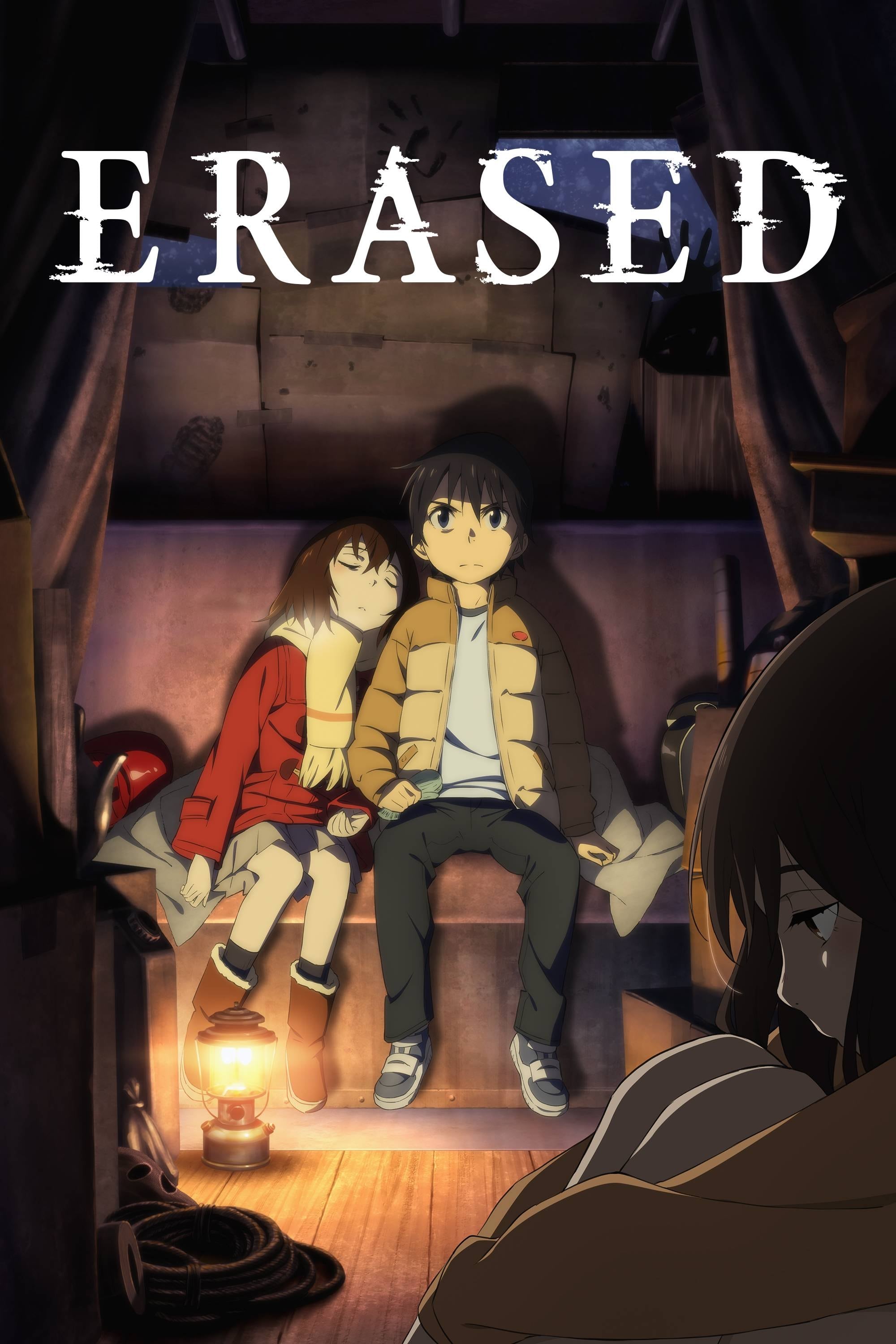
The story follows a character who unexpectedly finds themselves reliving their childhood. The narrative jumps between their present and past, with discoveries made now sending them back to change things earlier in life. We see familiar scenes – like school, streets, and important meetings – repeated, but with differences that show how the character’s actions are making a difference. Ultimately, solving the mystery relies on connecting clues from both time periods, instead of just moving forward in a single timeline.
Share which nonlinear anime stories you think belong on this list in the comments!
Read More
- Silver Rate Forecast
- Gold Rate Forecast
- Красный Октябрь акции прогноз. Цена KROT
- MSCI’s Digital Asset Dilemma: A Tech Wrench in the Works!
- Dogecoin’s Big Yawn: Musk’s X Money Launch Leaves Market Unimpressed 🐕💸
- Bitcoin’s Ballet: Will the Bull Pirouette or Stumble? 💃🐂
- Guardian Wealth Doubles Down on LKQ Stock With $1.8 Million Purchase
- Binance and Botim Money Join Forces: Crypto in the UAE Gets a Boost-Or Does It? 🚀
- Twenty One Capital’s NYSE debut sees 20% fall – What scared investors?
- Monster Hunter Stories 3: Twisted Reflection gets a new Habitat Restoration Trailer
2025-10-29 11:47